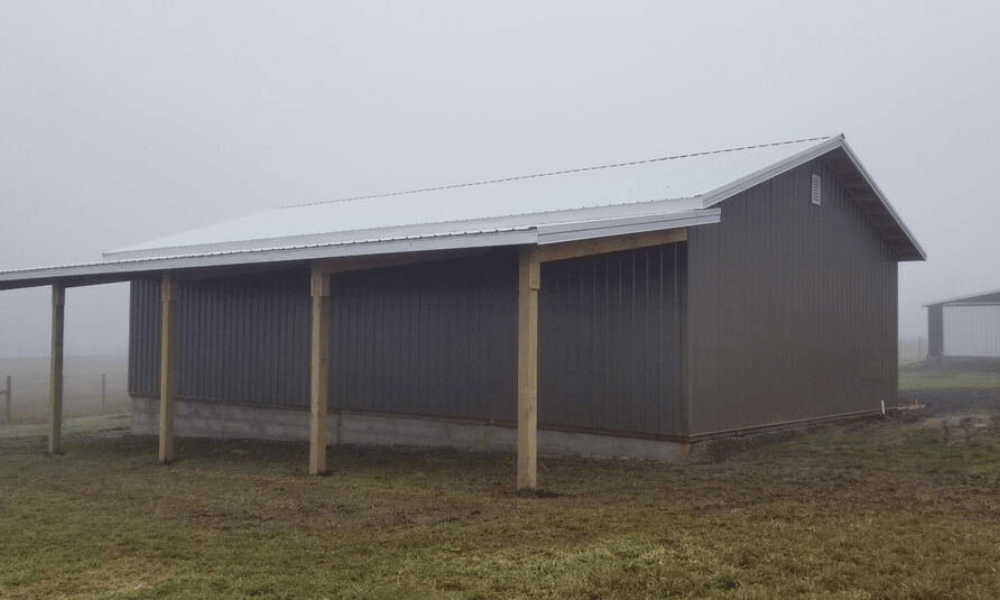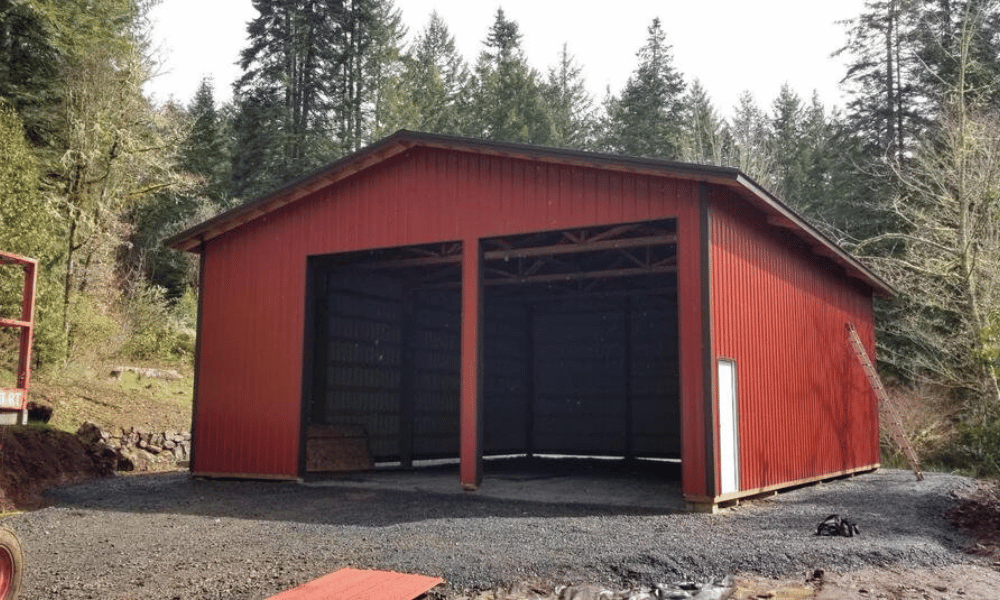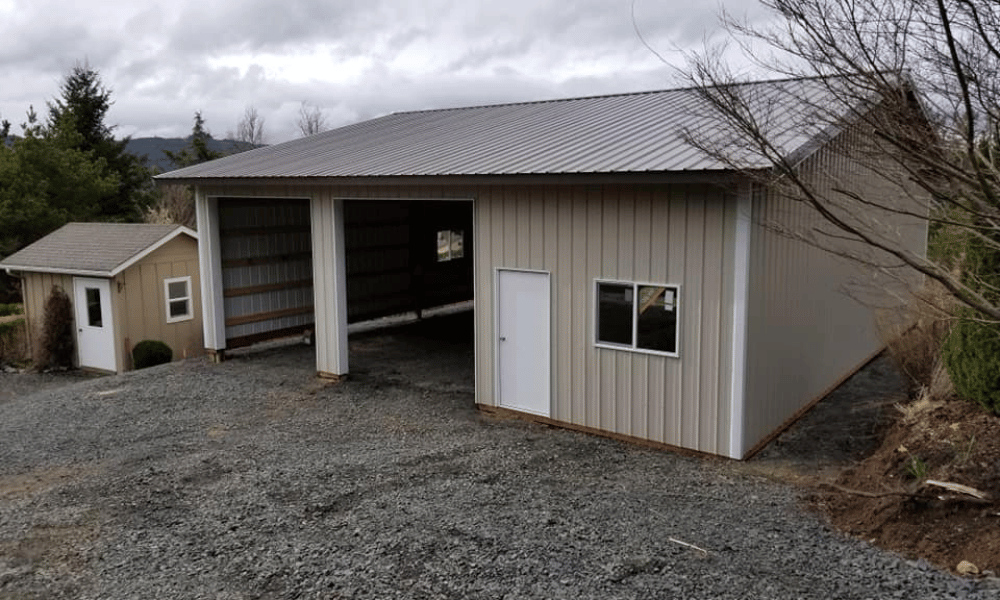Introduction
Building a new structure on your farm can be an exciting venture, whether you’re looking to erect pole buildings for equipment storage, livestock housing, or even a new barn. However, before you dive headfirst into construction, it's essential to understand the essential permits and zoning considerations for farmers planning new builds. This article aims to guide you through the crucial steps required to ensure that your project complies with local regulations while maximizing your farm’s potential.
Navigating the world of agricultural construction can feel overwhelming. But fear not! By breaking down the processes into manageable steps and understanding what permits you need and how zoning affects your plans, you'll find that the path to building your dream farm structure is much smoother.
Essential Permits and Zoning Considerations for Farmers Planning New Builds
When embarking on constructing new buildings on your farm, it’s vital to grasp the legal landscape surrounding permits and zoning. Each locality has its own set of rules that govern what can be built where, so knowing these regulations can save you time, money, and headaches.

What Are Zoning Regulations?
Zoning regulations are laws enacted by local governments to dictate how land within their jurisdiction may be used. These laws help in:
- Controlling urban sprawl Protecting property values Maintaining community standards
Types of Zoning Categories
Zoning categories vary widely but generally fall into several types, including:
- Agricultural (AG): Typically allows for farming activities. Residential (R): Restrictions on commercial use. Commercial (C): Areas designated for business activities. Industrial (I): Reserved for manufacturing and heavy industry.
Understanding which category your property falls under is crucial for determining what you can build.
Why Are Permits Necessary?
Permits are official approvals from local authorities that allow you to proceed with construction projects legally. They ensure that:
Safety standards are met. Environmental concerns are addressed. Structures align with existing zoning laws.Common Types of Permits Required
- Building Permit: Required for most construction projects. Electrical Permit: Necessary if electrical work is involved. Water Erosion Control Permit: Essential in areas prone to water runoff issues.
Steps to Obtain Necessary Permits
Research Local Regulations: Visit your local government website or talk to a planning official. Prepare Your Plans: Create detailed blueprints of your intended structures. Submit Applications: Fill out and submit necessary permit applications along with required fees. Await Approval: The approval process may take weeks or even months depending on complexity and locality.The Role of Building Codes in Agriculture
Building codes are standards set by municipalities that outline how structures should be built regarding safety, design, and materials used. This is particularly relevant when constructing pole buildings or other agricultural structures as they often have specific requirements related to:
- Structural integrity Fire safety Accessibility
Understanding Pole Buildings in Agricultural Construction
Pole buildings have become increasingly popular among farmers due to their versatility and cost-effectiveness. Unlike traditional buildings constructed using masonry or concrete blocks, pole barns use large poles set in the ground as structural supports.
Benefits of Pole Buildings
Cost Efficiency: Generally lower material costs compared to conventional structures. Speed of Construction: Quicker assembly time which means less downtime on the farm. Flexible Design Options: Easily customizable based on specific needs.Considerations When Choosing Pole Buildings
While pole buildings offer numerous advantages, there are also considerations such as:
- Local weather conditions impacting design choices Soil type affecting foundation stability Intended uses requiring specific structural features
How Zoning Affects Your Farm's Layout
Zoning laws dictate how land can be utilized based on its classification; thus understanding these laws is critical when planning new builds.
Setback Requirements
Most zones have setback requirements which dictate how far structures must be from property lines or roads. These setbacks aim to ensure safety and maintain community aesthetics.
Determining Setback Distances
Setback distances vary widely; however, common requirements include:
| Type of Structure | Minimum Setback Distance | |-------------------|-------------------------| | Residential | 25 feet | | Commercial | 30 feet | | Agricultural | 50 feet |
Land Use Compatibility
Another factor is land use compatibility; certain zones prohibit http://marioolln169.theburnward.com/festive-gatherings-made-easy-with-a-customized-pole-barn-space non-agricultural activities from occurring within agricultural zones.
FAQs
1. What permits do I need for pole buildings?
You will likely need a building permit at a minimum; additional permits may include electrical or plumbing permits depending on your plans.


2. How long does it take to get building permits?
The timeline can vary greatly by locality but expect anywhere from a few weeks to several months for approval.
3. Can I build without a permit?
No, constructing without appropriate permits can lead to fines and require costly adjustments later.
4. What happens if I violate zoning laws?
Violating zoning laws can lead to stop-work orders, fines, or even having to remove the structure altogether.
5. Are there any exemptions for farmers?
Some states offer exemptions or simplified permit processes specifically designed for agricultural operations; check with local authorities.
6. How do I know if my land is zoned correctly?
Visit your local zoning office or check municipal websites where zoning maps are typically available online.
Conclusion
In conclusion, understanding the essential permits and zoning considerations for farmers planning new builds is critical in ensuring successful construction projects on farms—especially when incorporating structures like pole buildings into your operation plan. By being informed about the necessary regulations and taking the time upfront to navigate permitting processes accurately, you place yourself in a strong position for success while avoiding potential pitfalls down the road.
Remember that each locality has its own rules; always consult local guidelines before proceeding with any construction project on your farm!
By staying proactive about these aspects of building development, you'll not only enhance operational efficiency but also contribute positively towards sustainable agricultural practices in your community!